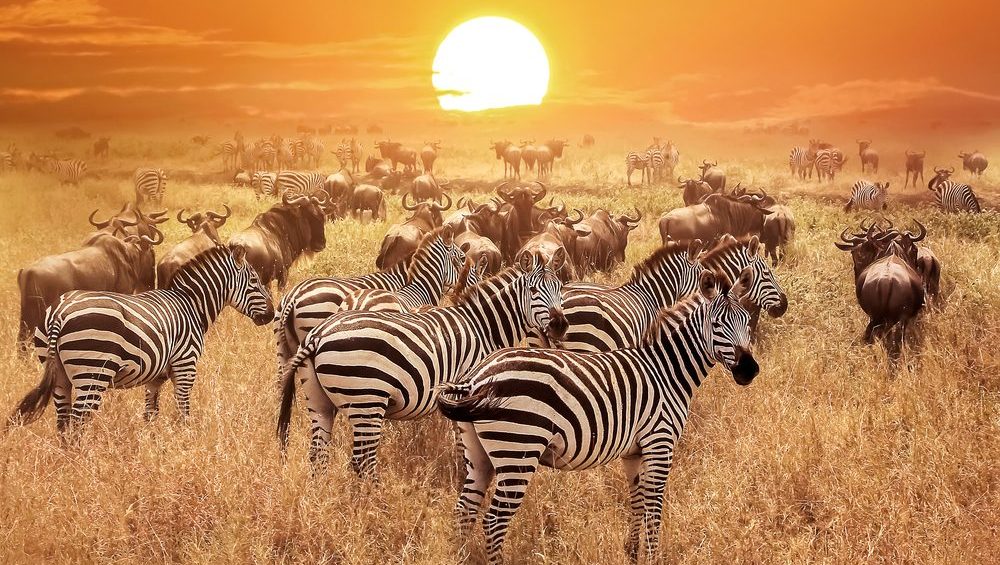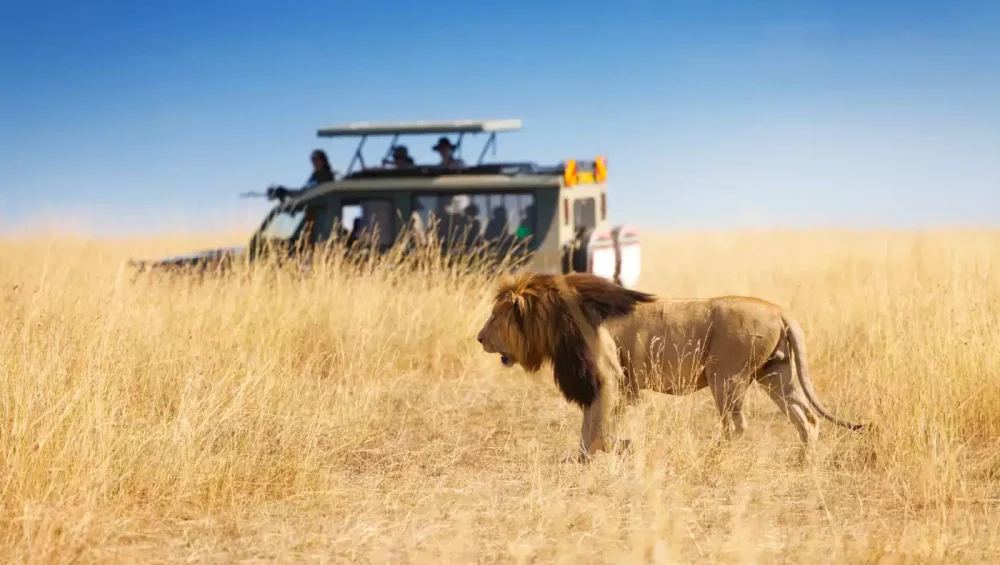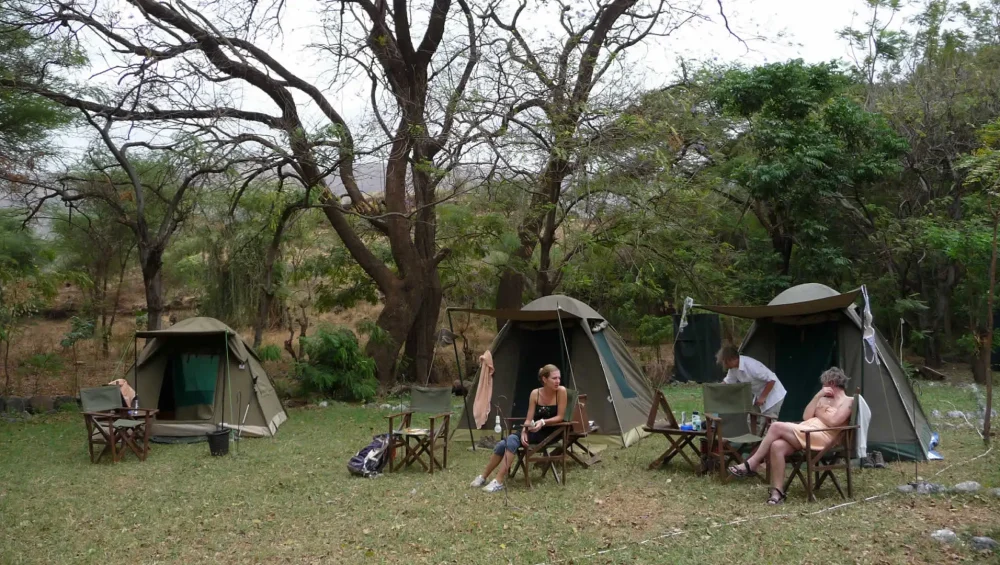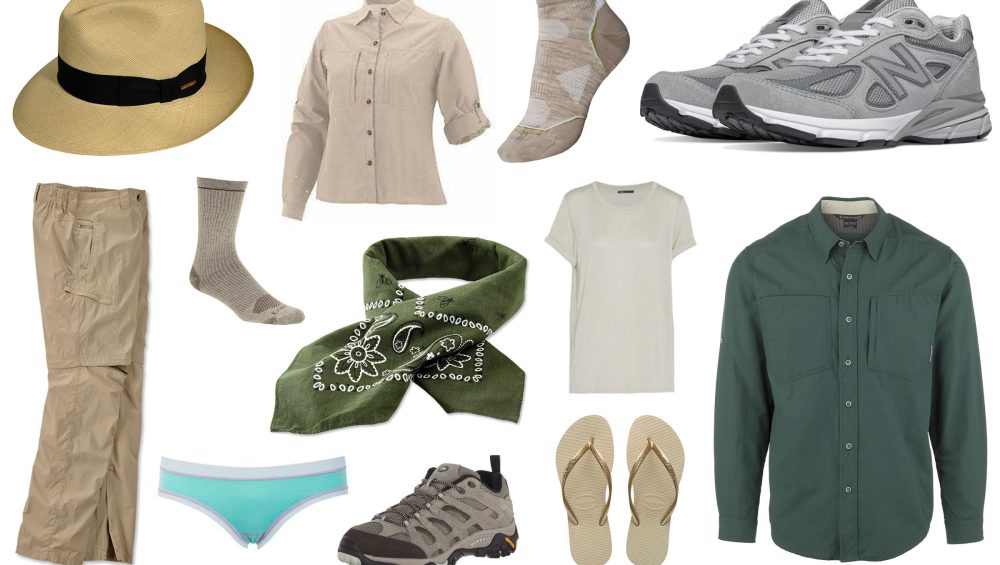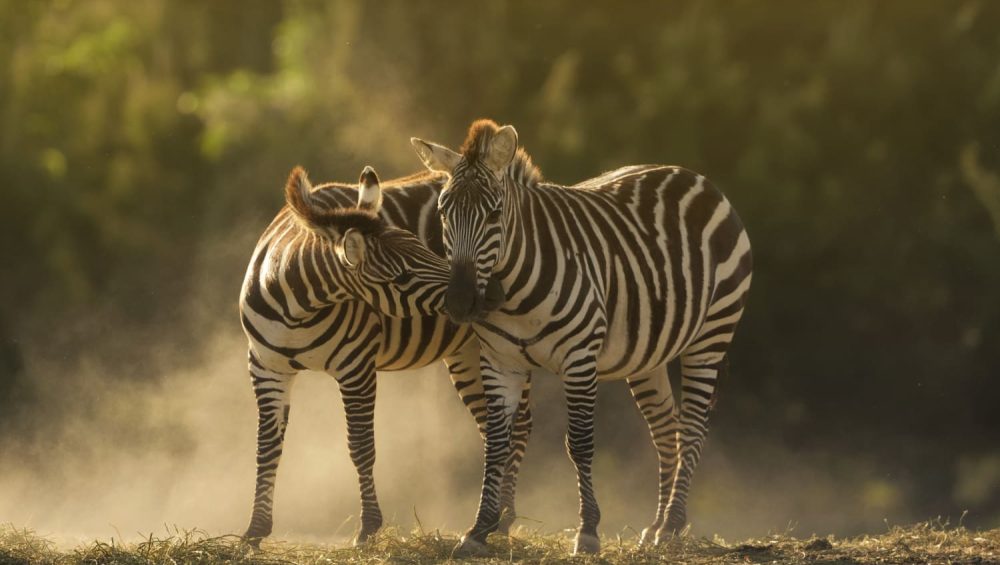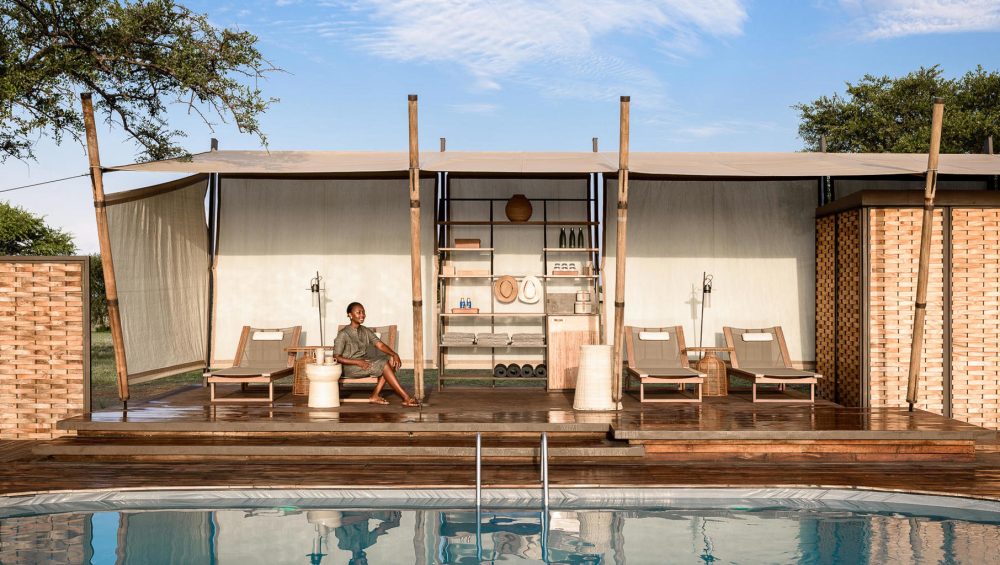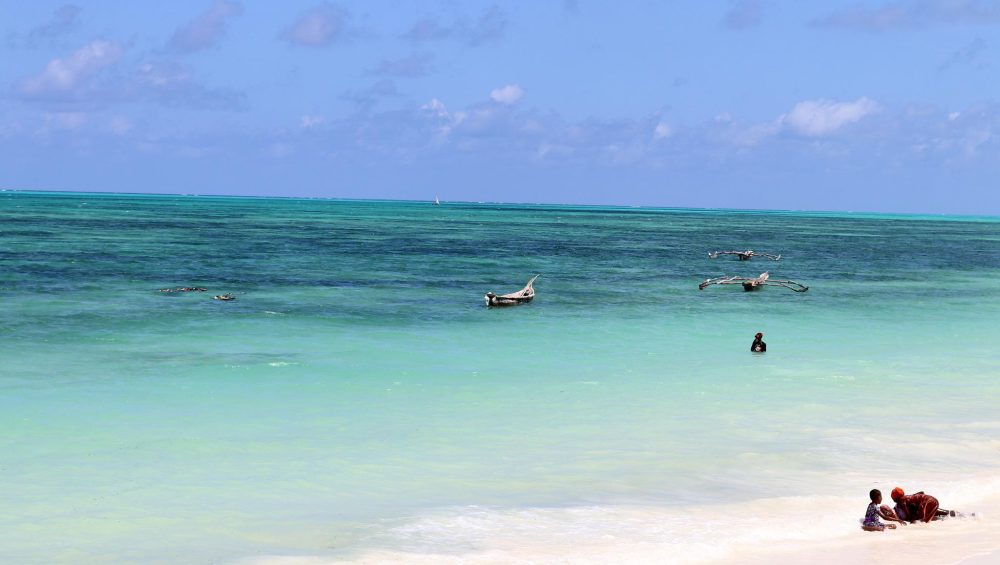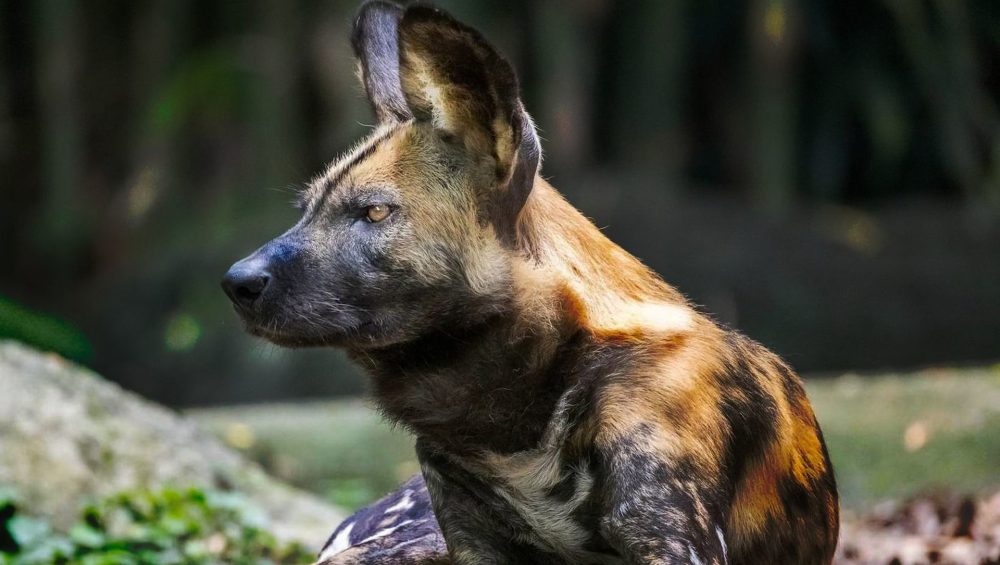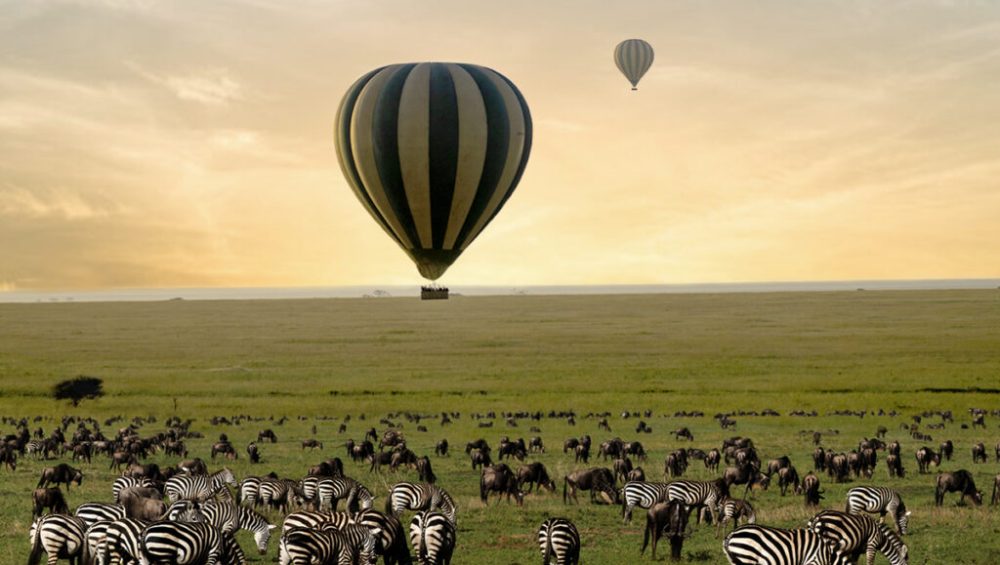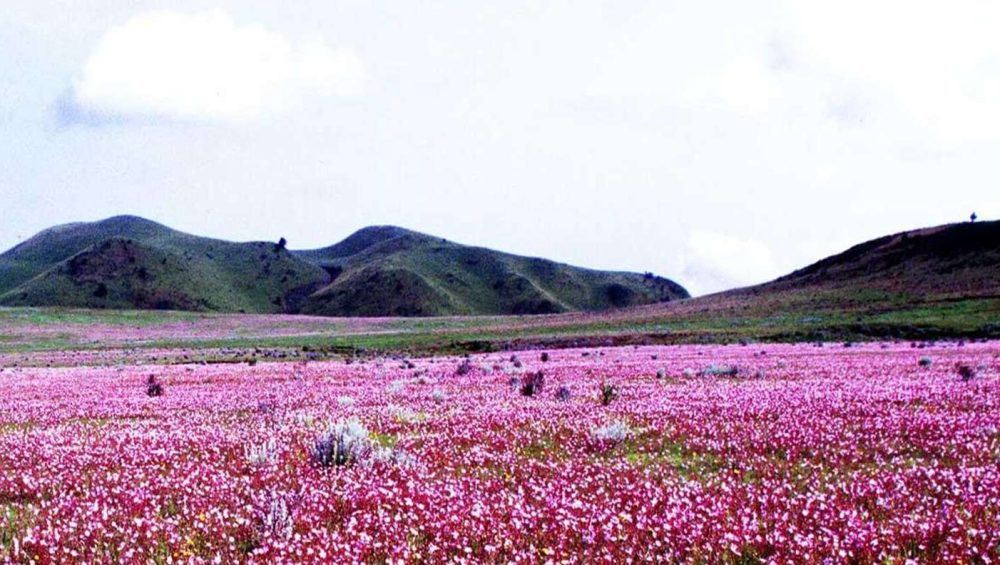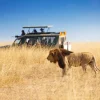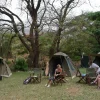10 Travel Tips When Going on an African Safari
Embarking on a safari in Tanzania is an unforgettable adventure! From the breathtaking Serengeti plains to the majestic Ngorongoro Crater, your journey will be filled with incredible wildlife and stunning landscapes. To ensure a smooth and enjoyable trip, here are 10 essential travel tips:
1. Get Travel Insurance
Before setting off on your safari, purchase comprehensive travel insurance. Ensure your policy covers medical emergencies, trip cancellations, and evacuation services. Keep a copy of your insurance details and emergency contacts with you at all times.
2. Prioritize Personal Safety
Tanzania is a safe travel destination, but basic precautions will help ensure a trouble-free experience:
- Avoid carrying large sums of cash.
- Store your passport and valuables in a secure place at your lodge or camp.
- Be cautious in crowded areas like airports and markets.
- Avoid walking alone at night.
- Keep cameras, phones, and bags secure.
3. Managing Cash, Credit Cards & ATMs
Tanzania primarily accepts US Dollars, but local Tanzanian Shillings (TZS) may be needed for small purchases.
- Carry a mix of cash (newer than 2009) and at least one credit/debit card.
- ATMs are available in major towns but dispense local currency only.
- Inform your bank of your travel plans to avoid card blocks.
- Be cautious when using money changers and always count your cash.
4. Understanding Electricity & Plugs
Tanzania operates on 220-240V electricity with plug types D & G. Pack a universal travel adapter if needed. Some safari camps use solar power or generators with limited charging times, so bring extra batteries or a power bank.
5. Mobile Connectivity & Internet Access
Mobile coverage is available in most areas, but remote safari locations may have limited service.
- Check with your service provider about international roaming.
- Consider purchasing a local SIM card (Vodacom or Airtel) for better rates.
- Many lodges and camps offer Wi-Fi, but the speed may be slow.
6. Drink Safe Water
Always drink bottled or filtered water to avoid stomach issues. Most safari lodges provide purified water—carry a reusable bottle to refill and help reduce plastic waste. Stay hydrated, especially in the warm climate.
7. Be Prepared for Dust
Tanzania’s dry season (June to October) can be dusty, especially on game drives.
- Wear sunglasses to protect your eyes.
- Use a scarf or buff to cover your nose and mouth.
- Keep cameras and electronic devices in dust-proof bags.
8. Tipping Etiquette
Tipping is customary in Tanzania but remains optional. As a guideline:
- Safari guide: $10-25 per day
- Camp/lodge staff: $10-20 per day (pooled tip box)
- Porters: $1-2 per bag Always tip in USD or Tanzanian Shillings.
9. Supporting Local Communities
Many lodges support local villages and conservation projects. Instead of giving money or gifts to children on the street, consider donating to reputable community initiatives. A great idea is bringing school supplies or sports gear like soccer balls for local children.
10. Respect Wildlife & the Environment
Tanzania’s wildlife is its greatest treasure. Always follow ethical safari practices:
- Keep a safe distance from animals.
- Do not feed wildlife.
- Follow your guide’s instructions.
- Minimize waste and use eco-friendly products.
By following these tips, your Tanzanian safari will be a safe, enjoyable, and responsible adventure. Karibu Tanzania – welcome to the wild!

